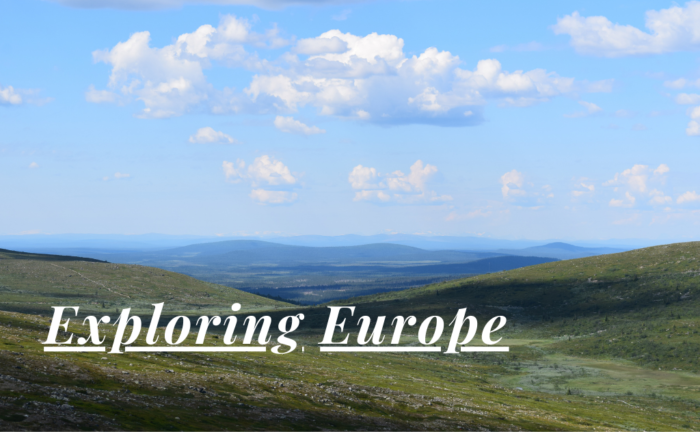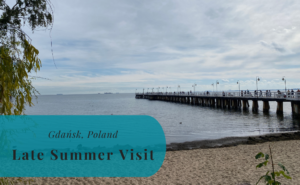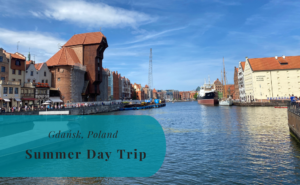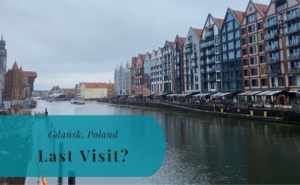Sopot is a seaside resort town in northern Poland, along the Baltic Sea coast in the voivodeship of Pomerania. The city is one of three cities making up the metropolitan area known as Trójmiasto, or the tricity in English. This part of Poland is famous for its long sandy beaches, and Sopot stands in the center of this seaside tourism. This is, otherwise the smallest of the three cities, with a population of around 35.000 inhabitants. The other two cities in the area are Gdańsk and Gdynia.






A Short History of Sopot
Three small villages existed here in the 13th century. These were the villages of Gręzowo, Stawowie, and Świemirowo. The first known mention of the village of Sopot dates back to the year 1283. The nearby city of Gdańsk was already an important city in the Middle Ages and Sopot soon became an important resort for the wealthier inhabitants of the city. Wealthy families from Gdańsk started to build impressive manor houses in the village during the 16th century.
The Development of a Resort Town
Sopot came to follow the fate of Gdańsk and was annexed by the Kingdom of Prussia in 1772. It would be a few sleepy decades before the first public bath opened in 1819. This was the first spa and it marked a new chapter in the village’s history. New spa complexes would be built and were eventually also joined by a sanitorium in 1824. Tourism had found its way to Sopot and that development would continue.
It was not until 1873 that Sopot became an administrative center and many of the former small villages in its vicinity began to be incorporated. It only took a few more decades before Sopot was granted its city rights in 1901 by Emperor Wilhelm II of Germany. Both the permanent population and the number of annual tourists had increased significantly before the First World War. A war that saw Sopot becoming a part of the Free City of Danzig in 1919. The interwar period saw a continued increase in both domestic and foreign tourists. That popularity saw a decline first in the 1930s and the city did in some ways enter the Second World War even before it started. The local Nazi Party gained a lot of influence and even burned the local synagogue in 1938.
Communism Rule
Nazi Germany occupied Sopot in 1939 and stayed there until the city was liberated by the Soviet Army in 1945. The Nazi presence in the city had meant an almost total replacement and in most cases execution of the local Jews. The city that had been even more Germanized during the war was about to be emptied of the Germans. The ones that didn’t flee before the liberation were soon thereafter expelled from the city. The city was about to be repopulated by Poles from former Polish areas in the east that had been annexed by the Soviet Union. It was also at this time that the spelling of the city’s name was changed from Zoppot to Sopot.
A rebuilt Sopot regained its status as a major tourist resort in the new Poland. Culture gained a new focus with schools for music and arts. Music festivals and other cultural events began to be organized in the 1950s and 60s. Some of these, such as the Sopot International Song Festival, have survived until today. Neither the communist era nor the modern times after the fall of communism have nudged Sopot’s position as a resort town.
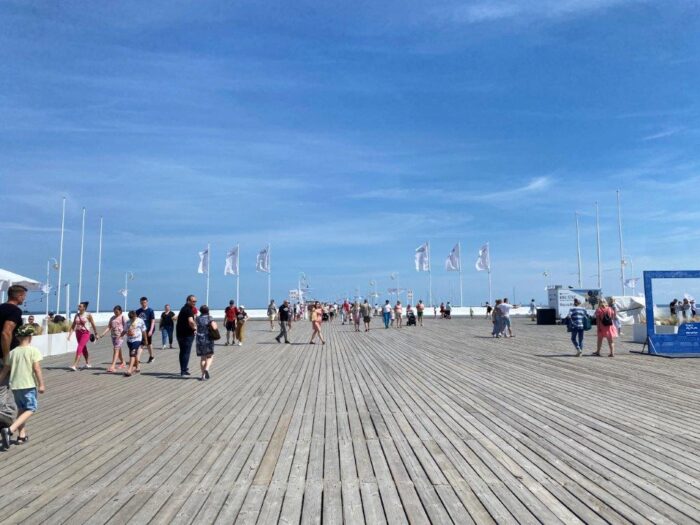


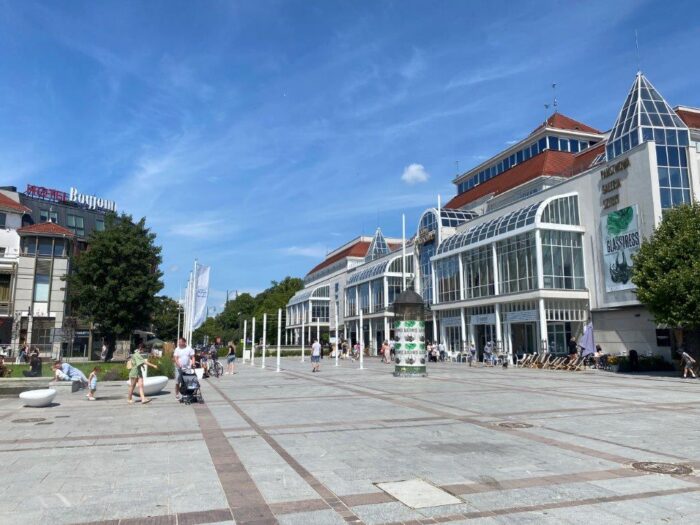


Things to Do and See
Sopot is a modern tourist resort with a pedestrian street lined with shops and restaurants, luxury hotels, historical sights, and a sandy beach reaching the horizon. Yes, there is the Grand Hotel which dates back to 1927, but it is just one of several hotels in the city. In addition, there is the long sandy beach that to the north stretches to Gdyna while it to the south reaches the outskirts of Gdańsk. Along the beach, a pedestrian and cycle path provides a beautiful route for hikes. There are also forested park areas following the beach both to the north and south.
Ulica Bohaterów Monte Cassino
The Ulica Bohaterów Monte Cassino is the main pedestrian street in the city. It connects the main train station and the coast of the Baltic Sea at the Sopot Pier. Along the street, you will find many of the city’s restaurants, cafés and bars. There are also plenty of shops to be found here.
Sopot Pier
The Sopot Pier is one of the main attractions in the city. There is an entrance fee for anyone wanting the enter the pier. The pier first opened in 1827 and is today with its 511 meters the longest wooden pier in Europe. The long sandy beach of Sopot continues into the distance on both sides of the pier. Yes, there are longer piers in Europe, but they have been built with other materials.
Sopot Lighthouse
The city’s lighthouse stands next to the square Skwer Kuracyjny. The lighthouse was completed in 1904 and reached a height of 33 meters. Its height makes it one of the more distinguishable structures in the city.






How to Get to Sopot
- Flights: The closest major airport is Gdańsk Lech Wałęsa Airport (GDN) a short distance to the southwest of the city.
- Car: Sopot lies along Road 468 between Gdańsk and Gdynia.
- Train: the regional train, SKM, connects Sopot with the rest of the Tri-City area. There are also other regional trains to places like Elbląg, Kartuzy, and Słupsk. When it comes to long-distance trains it seems that the routes are limited to destinations like Kraków, Warsaw, and Berlin.
The driving distance from 4 major Polish cities, according to Google Maps:
- Warsaw – 351 kilometers (4 h)
- Kraków – 613 kilometers (6 h 10 min)
- Wrocław – 500 kilometers (5 h)
- Gdańsk – 12 kilometers (14 min)
- Lublin – 601 kilometers (6 h)
Looking to Explore more of Poland and Europe?

